Abstract: Through the discoveries made in astrophysics, it is safe to postulate that cosmic forces (gravity) exerted on mass prioritize on the long term establishment of equilibrium and purity. Our solar system is currently in its long term equilibrium phase, where planetary orbit takes place around the Sun and life flourishes on Earth. In Architecture, long term structural durability and aesthetic superiority may be achieved by implementing solids and voids that are designed with purity in mind. The geometric methods we may use for this deserves an entire separate paper or book on its own. The Roman architect Marcus Vitruvius Pollio has written extensively on these topics. However, in this essay, we will focus on the general argument for architectural purity. In times when liberated organic models of form dominate the avant-garde, it is appropriate and timely to present this alternative point of view.
The premise above will be disambiguated through worldly analogies, scientific observations and thought experiments presented in this paper.
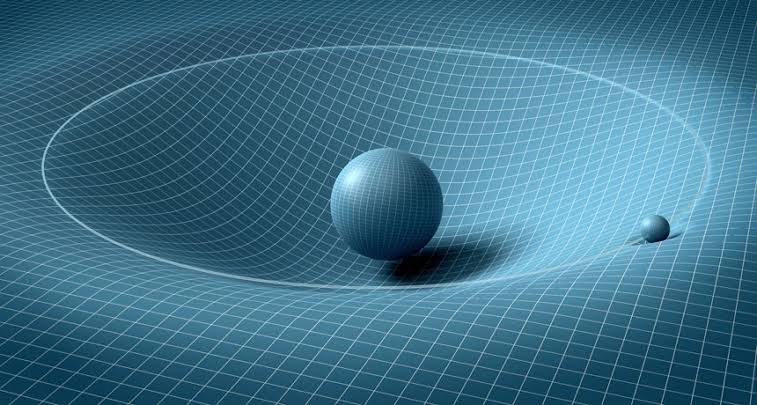
Through the influence of gravitational forces, mass is molded and transformed into different forms through certain phases. Ultimately, gravity attempts to turn all mass into its purest spherical form. In the atomic level, gravitational forces through time disassemble nuclei into its quarks, as observed in neutron star formations. Therefore, it is appropriate to draw a general conclusion that cosmic forces influencing mass are not aimless or random, but rather have a final destination in mind. This process of sculpting mass into its simplest form and atoms into its simplest particles may also lead to the singularity, as seen in black hole phenomena.
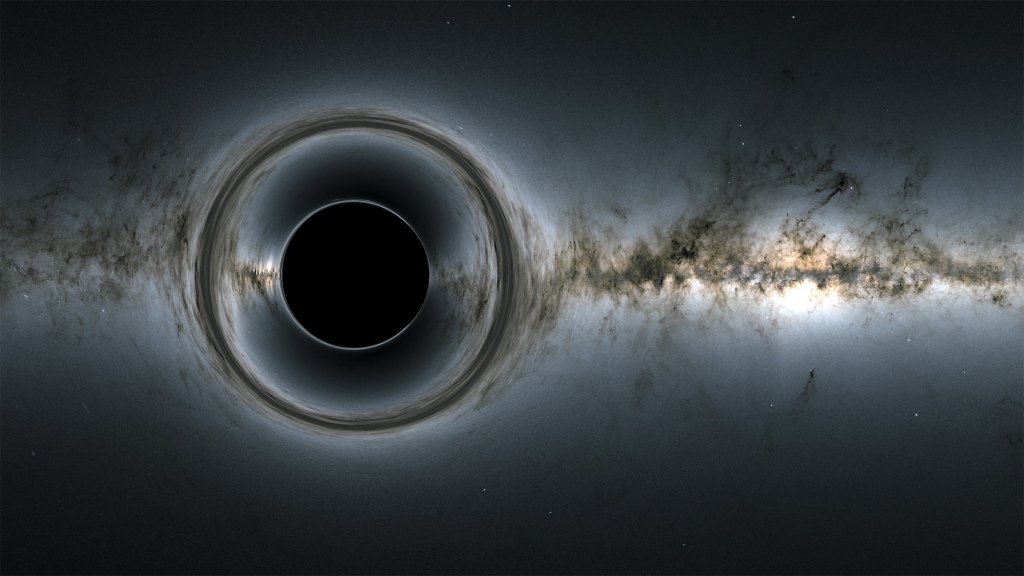
Gravity automatically exerts forces that aim to transform possible irregularities and chaos into order and equilibrium as soon as a supernova or kilonova event takes place. There is a long term equilibrium phase in solar systems, where pure forms (Planets and Moons) are seen to orbit around a host star, where in rare occasions may even facilitate life if the perfect conditions are met, as seen in Earth.
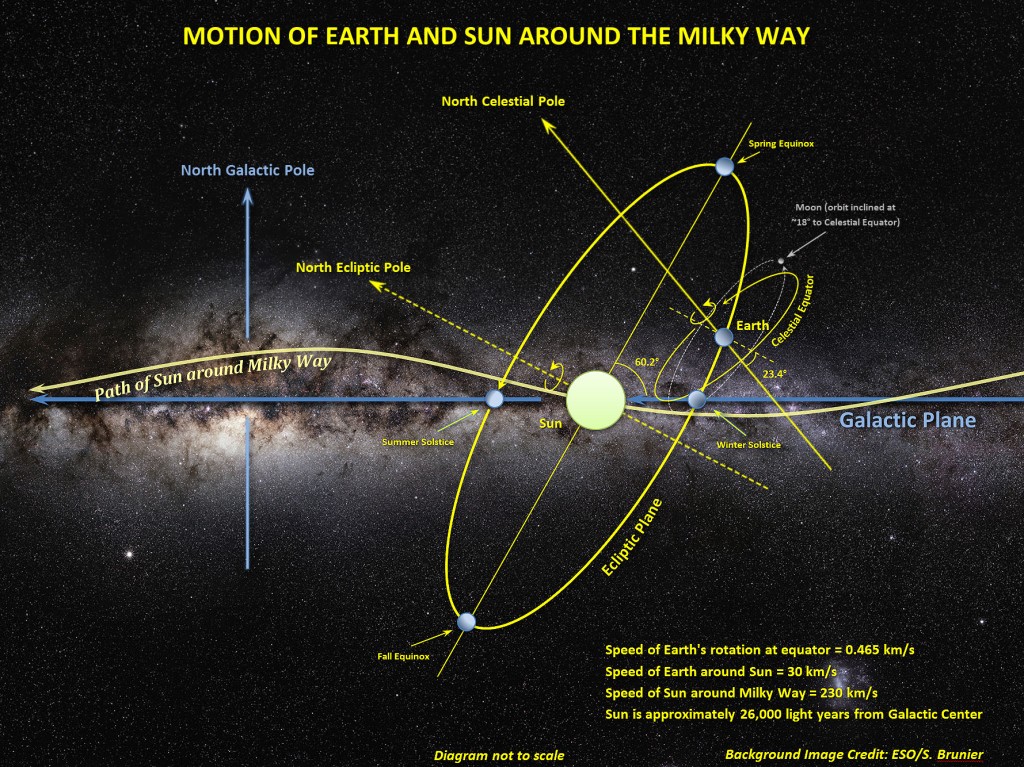
Through time, the nuclear energy that keeps stars in equilibrium eventually depletes, causing a chain reaction known as a Supernova event, if the size of the star is significant enough. This explosion transforms a star into a white dwarf, neutron star or black hole based on the circumstances and the size of mass forming the star. It is anticipated that our Sun will turn into a white dwarf due to its modest size. Chaotic gas and dust like cosmic debris is created as leftovers from the supernova or kilanova event. Eventually, these cosmic materials are transformed into newborn stars and planets through the organizing effects of gravitational waves, nuclear fusions and chemical reactions.
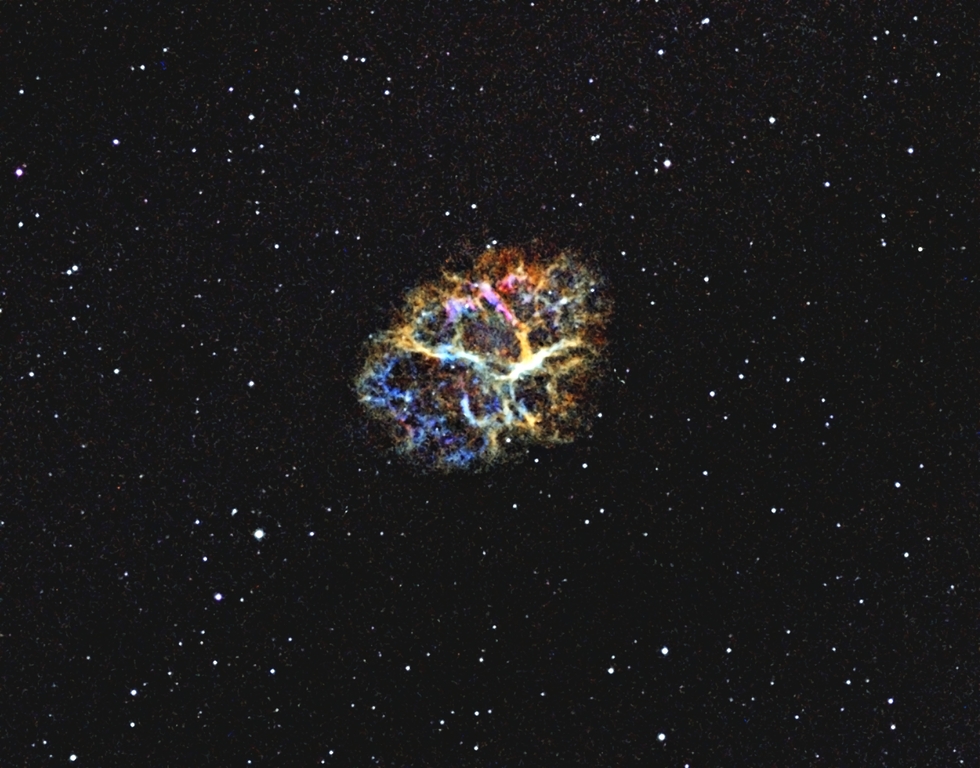
However, cosmic powers also seem tolerant and patient with the short term chaos observed in the detailed accounts of various celestial events. These ephemeral incidents such as supernovas and kilonovas in astrophysics are part of the natural process and prerequisite for establishing equilibrium and harmony.
Earth does not orbit around the Sun in perfect form. Periodical deviations in its elliptical path occur. This eccentricity is influenced by the gravitational pull exerted from other orbiting giant planets passing by, such as Jupiter and Saturn. Earth’s axial tilt also changes as its angle of axis cycles between 22.1 and 24.5 degrees. A complete cycle is reached every 41,000 years. And the tidal forces exerted by the Sun and moon causes Earth’s axis to periodically wobble. This precession cycle is completed somewhere between 19-24.000 years.
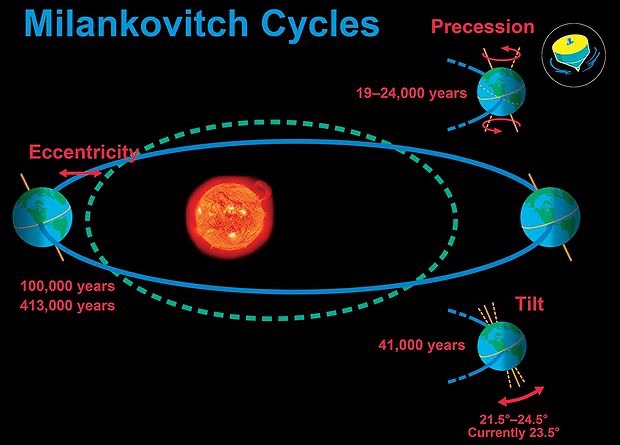
It is also important to note that the magnetic poles of Earth are irregular and interchanging. It is a known fact that the Northern magnetic pole was switched with the South 780.000 years ago. This was discovered while scientists were analyzing geological formations under the ocean. It was concluded that the direction of the magnetic forces in our planet were directed to the opposite direction of today. This type of shifting takes place in a periodical fashion, but the reason for it is still a mystery. The actual north magnetic pole is different from the geographic North Pole and its exact location is shifting every passing year, having its current position on the Siberian territories of Russia.

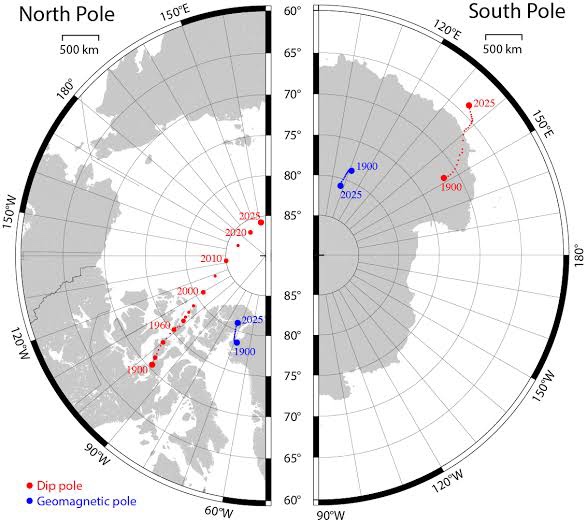
Life on Earth is complex. Order and purity is not always attainable when taking into consideration the uncertainties of self-interests and intelligence. A tree may grow asymmetrically when conditions are unfavorable for natural symmetrical growth, such as an unfortunate obstruction or unfavorable terrain. Nature does tolerate detours and irregularities for the sake of survival, but encourages life to attain its perfect form if the conditions are met.

Architects are confronted by a difficult worldly task. We are given the job to propose man-made interventions that attempt to override the unfavorable conditions of nature in specific locations. It is a known fact, though no architect would like to admit, that all man-made structures perish through time, yielding to the overwhelming and consistent forces of mother nature. The war of attrition between a building and nature, if periodical precautions are not taken, is quickly concluded with natures victory. The regular maintenance of a building can do nothing more than extend its date of expiration.
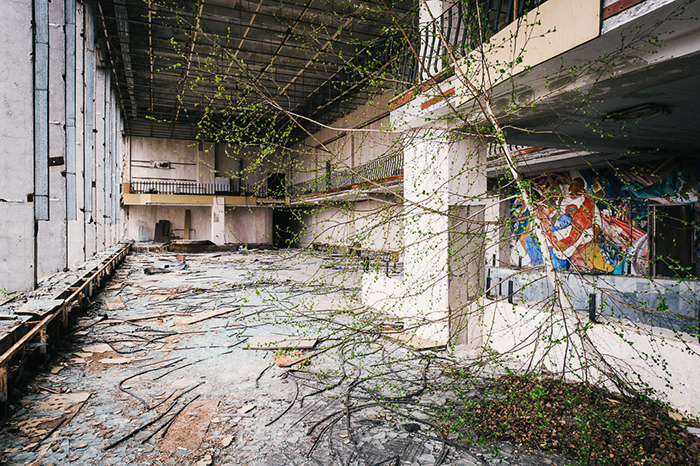
Nature taking over the interior of a building located in the exclusion zone of Pripyat Chernobyl
However, an odd fact shines through archeological records. Structures that are geometrically pure tend to excel in self-preservation. Almost as if the universe is hinting a message about favorable forms to us.
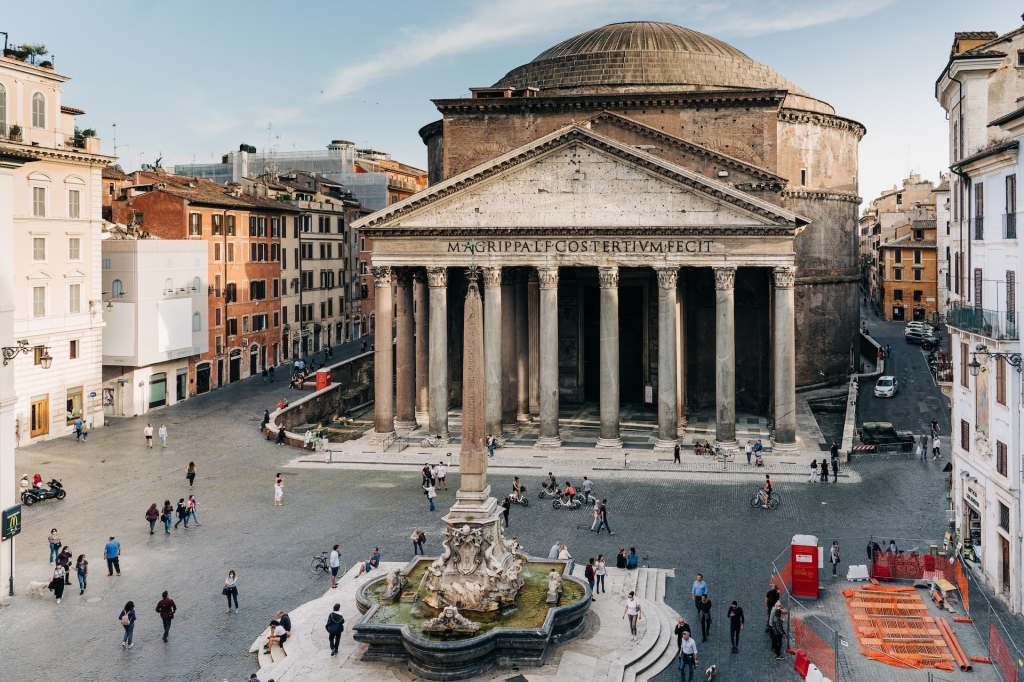
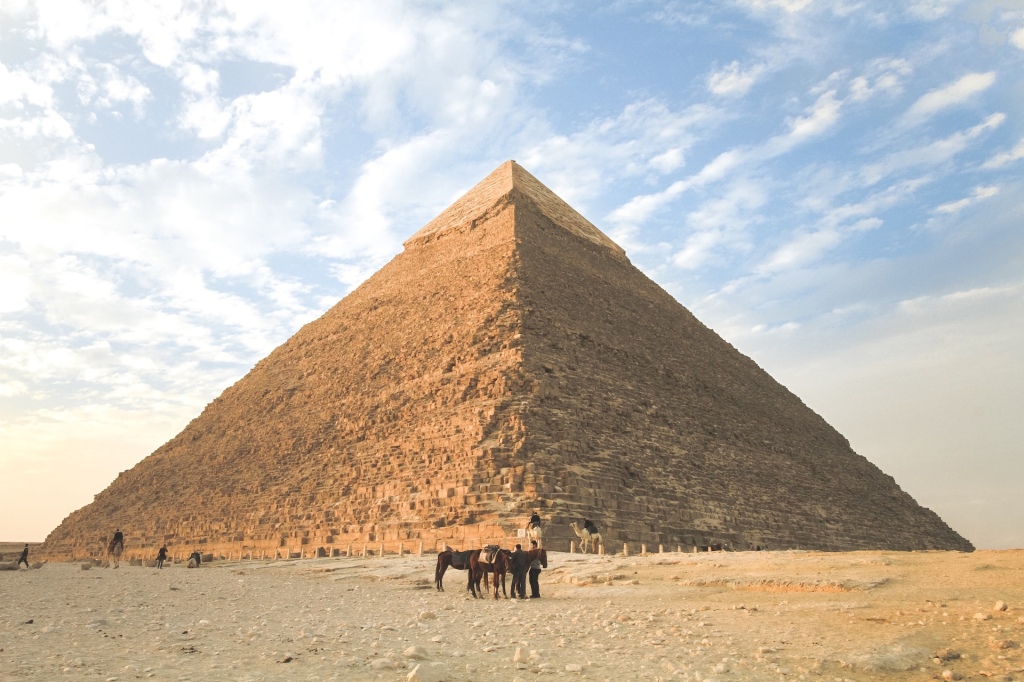
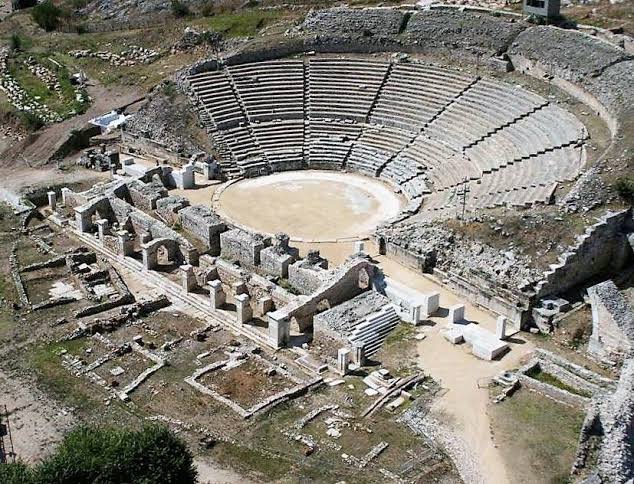
356 BCE
On November 25, 1915 Albert Einstein released his infamous paper in German called Die Feldgleichungen der Gravitation known as General Relativity. In his paper he postulated that gravity, instead of being linear, was part of an invisible fabric which included the 4th dimension, time. This intensity of the curvature within this fabric, he insisted, was based on the size and proximity of mass. The curvature of this fabric would define the path of gravitation force and the speed of time. His theory was proven correct when Arthur Eddington observed an unexpected location for a star during a solar eclipse. Based on telescopic observations, stellar photons heading towards Earth were bent as it followed the curved path around the Sun. The image below illustrates the experiment mentioned. The apparent location of a star as opposed to its actual location during a solar eclipse is significantly different. Large masses in space warp the geometric structure of the space-time fabric within their proximities. Since Photons do not have rest-mass, thus cannot be effected by gravity, their relativistic mass (energy) goes through a curved space warped by the Sun. Space and mass have a very complex relationship.
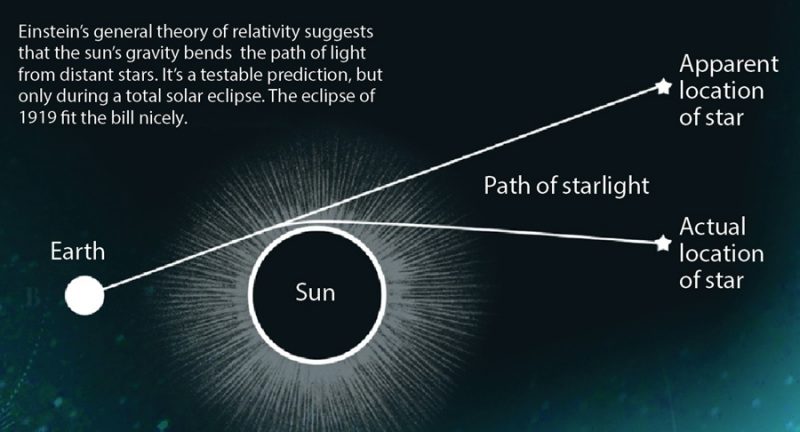
The dome of St.Peters in Rome, with its pure spherical mass, visually dominates the urban fabric around its vicinities. It could be said that the presence of this massive and pure sphere volume bends the energy of the promenade towards it. The energy of the surrounding town, unable to escape its overlooking presence. We always feel the guidance of this dome as we rummage around the town.
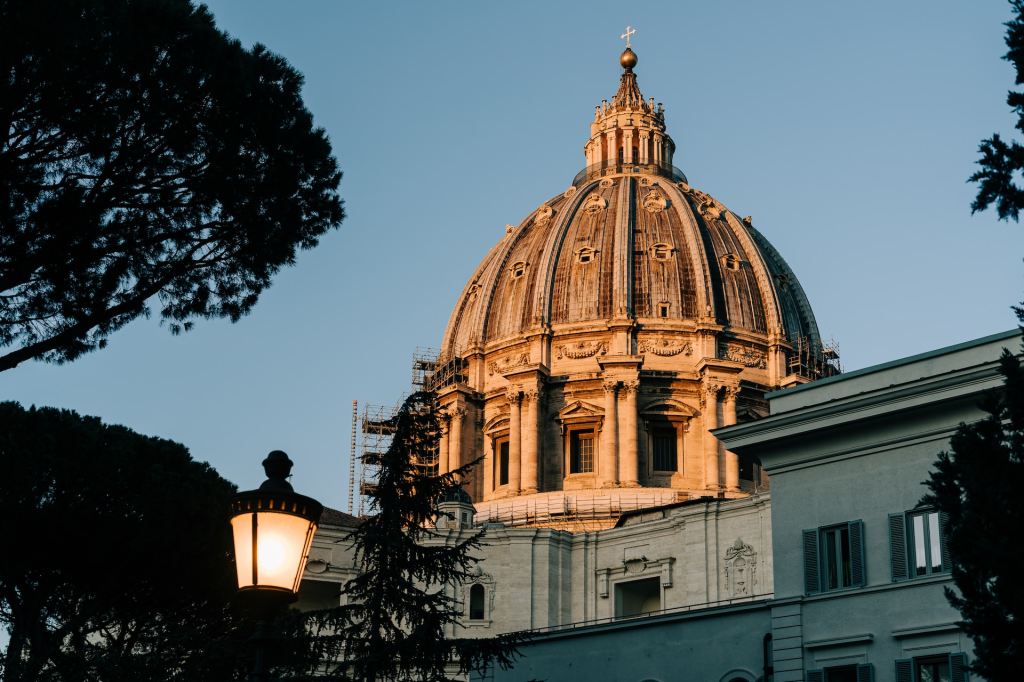
The human entity is more than a walking brain with all it’s organs and limbs serving it. It is the most complex living thing on Earth with many different emotional faculties. Our inner organs are autonomous and active even while the brain sleeps. The eye is the lantern of the soul, a portal that connects the environment with our being. We ought to build for the whole, not just for the mind and its unsustainable, misleading worldly desires. Similar to cosmic events, the mind also tends to wonder into chaos when not programmed for equilibrium. This is why religion, spirituality, culture and tradition is ever-so important. If we look at religion, even through the perspective of an atheist, we must conclude that it is an indispensable ingredient of the human experience, considering life’s depth and breadth.
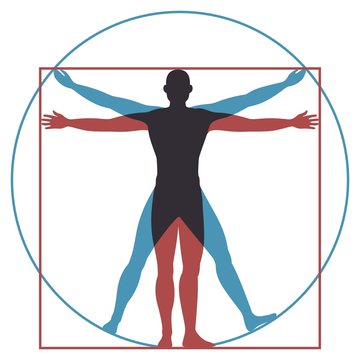
Instead of building with hopes to quench materialistic desires and insatiable yearnings for power and status, the ancients built more for the spirit. Hence, the dominating civic and religious structures seen in the typical Roman or Greek city plan. Particularly, Ephesus was an exemplary city built for the senses of humanity. Many lessons for architects and urban designers regarding purity of form still exist within these ruins.
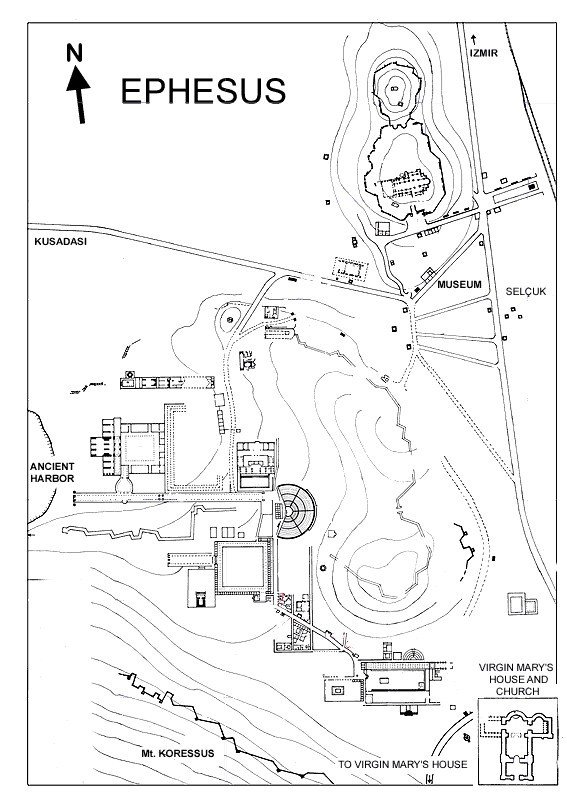
Let us participate in a thought experiment:
For a second imagine yourself as a merchant from Delos. For the first time you are visiting the magnificent city of Ephesus to attempt to sell a specific variety of olives you deem authentic and of value. While sailors are getting ready to dock your vessel in the harbor of Ephesus at dusk, you notice this colonnaded grand boulevard adjacent to an agora (market place) leading to an intersection dominated by a notorious theater with a form that is pure. This theater has an ongoing event with its peripheries lit by torches. The sounds of the standing ovation dissipating from the crowd reaches your ear, though you are still at sea. You watch this view with astonishment and respect.
Now compare this with todays modern city dominated by automobiles serving the zombie like routines of citizens in search for no other than the promised material gain. The carrot on the stick. No wonder football matches, with its geometrically pure arenas, are full of enthusiastic folks looking to temporarily break free from the artificial routines enforced upon them by the culture they were born into. Are these football fans really interested in the sporting events where 22 people run after a ball or something else?
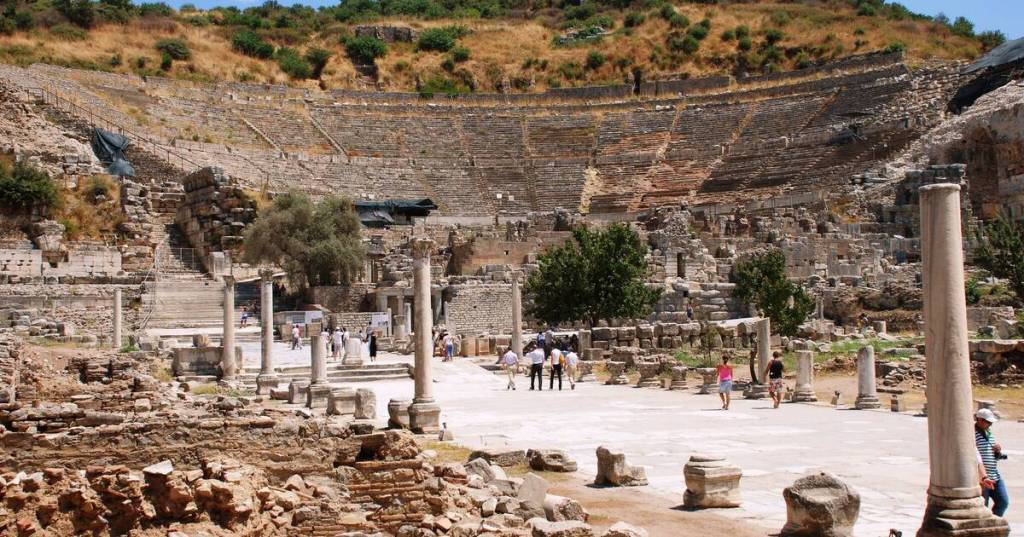
This paper was written by Şahin Kaya Arıkoğlu and published on his personal website http://www.sahinarikoglu.com
